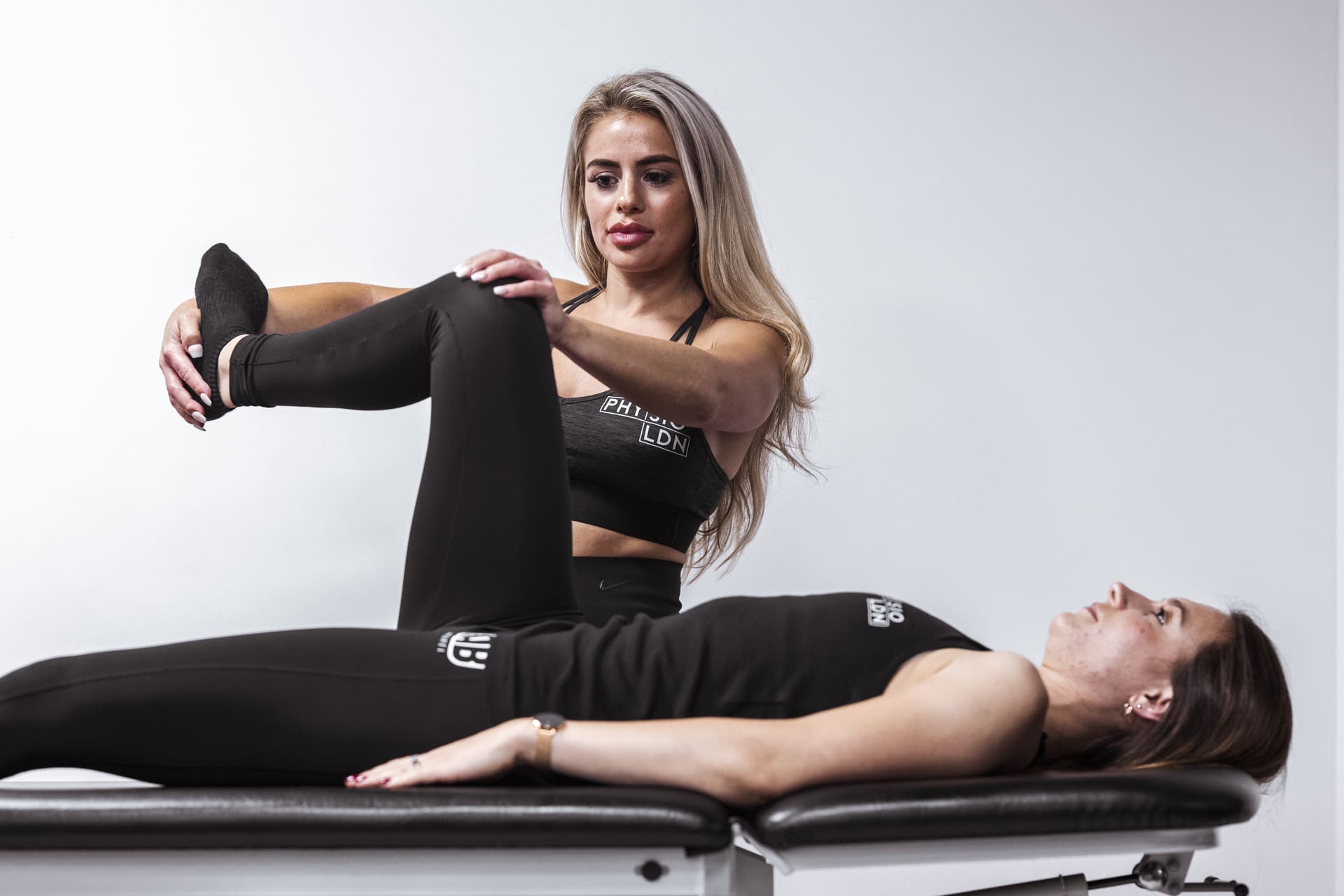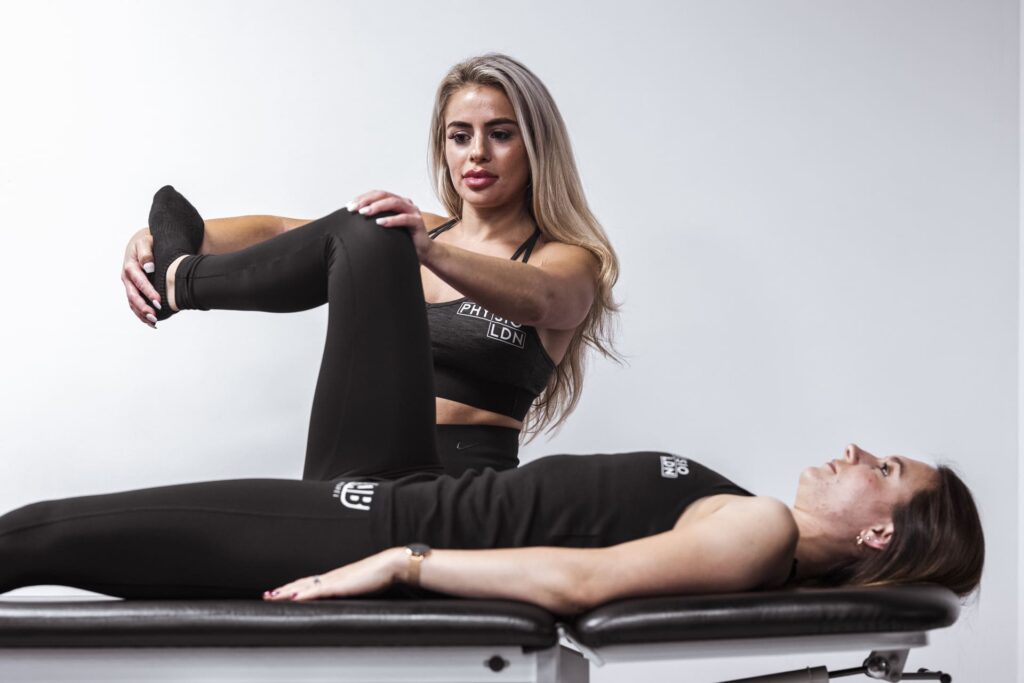Table of Contents
Main Takeaways
- Knee pain affects 1 in 4 adults and is rising sharply worldwide.
- Common causes include osteoarthritis, rheumatoid arthritis, injuries, and overuse.
- Physiotherapy, weight management, and low-impact exercise reduce pain and improve function.
- Knee braces and tailored rehab aid recovery after injuries or surgery.
- Seek medical advice if pain persists, worsens, or limits mobility.
Knee pain is a common complaint affecting a significant portion of the adult population worldwide. In fact, recent data reveals that approximately 25% of adults experience knee pain, with prevalence rising sharply by nearly 65% over the past two decades. This increase has led to nearly 4 million primary care visits annually, underscoring the growing impact of knee-related issues on healthcare systems and individuals alike. Understanding the causes of knee pain is essential for effective management and prevention, especially as new research highlights gender-specific differences and advances in treatment options like knee pain treatment in London.
Whether you are an athlete, a busy professional, or someone coping with chronic discomfort, knowing what contributes to knee pain can empower you to seek appropriate care and maintain mobility. This article explores the common medical causes, injury-related causes, and when it’s crucial to seek medical advice, providing a comprehensive guide for anyone affected by knee discomfort.
Common Medical Causes
Knee pain can arise from a variety of medical conditions, many of which are related to the wear and tear of joint structures or systemic health issues. Osteoarthritis is among the most prevalent causes, particularly as individuals age. This degenerative joint disease leads to the breakdown of cartilage, causing pain, stiffness, and inflammation in the knee.

Recent studies have shed light on the fact that knee osteoarthritis tends to cause more pain and inflammation in women compared to men, indicating a need for gender-specific treatment approaches. According to research from the Hospital for Special Surgery and The Rockefeller University, these physiological differences provide reassurance to female patients that their symptoms have a biological basis, which may influence treatment plans.
Other medical causes include rheumatoid arthritis, a chronic autoimmune condition that inflames the synovial membrane, leading to joint damage and pain. Gout, characterized by uric acid crystal deposits in the joint, can also cause sudden and severe knee pain. Additionally, conditions like bursitis and tendinitis, which involve inflammation of the bursae or tendons around the knee, contribute to discomfort and mobility challenges.
Managing these medical causes often requires a multidisciplinary approach, including medication, physical therapy, and lifestyle modifications. For example, physiotherapy clinics in London, such as One Body LDN, offer specialized treatments from specialist London knee pain physiotherapists combining exercise rehabilitation and manual therapy to alleviate symptoms and improve joint function. Furthermore, dietary changes can play a pivotal role in managing knee pain. Incorporating anti-inflammatory foods, such as fatty fish rich in omega-3 fatty acids, leafy greens, and nuts, can help reduce inflammation and support overall joint health.
Moreover, understanding the importance of maintaining a healthy weight is crucial, as excess body weight places additional strain on the knees, exacerbating existing conditions. Engaging in low-impact exercises, such as swimming or cycling, can provide relief while promoting strength and flexibility in the knee joint. Regular check-ups with healthcare professionals can also ensure that any underlying conditions are monitored and managed effectively, allowing individuals to maintain an active lifestyle despite the challenges posed by knee pain.
Injury-Related Causes
Injuries are another significant source of knee pain, often affecting younger and more active individuals. Common injury-related causes include ligament tears, meniscal injuries, fractures, and dislocations. The anterior cruciate ligament (ACL) is particularly vulnerable in sports involving sudden stops and changes in direction, such as football and basketball. These types of injuries can not only sideline athletes for extended periods but can also lead to long-term joint issues if not properly managed.

Meniscal tears occur when the cartilage cushioning the knee joint is damaged, frequently due to twisting motions or direct impact. These injuries can cause swelling, limited range of motion, and instability. Fractures around the knee, although less common, result from high-impact trauma and require immediate medical attention. The recovery process for these injuries can vary significantly based on their severity, with some individuals needing surgical intervention while others may benefit from conservative management techniques.
Post-operative rehabilitation following knee surgery is critical to restoring function and reducing pain. Expert physiotherapists in London provide tailored programs that adhere to surgeon protocols, ensuring safe and effective recovery. Clinics like One Body LDN specialize in post-operative physiotherapy, guiding patients through every stage of healing. The rehabilitation process often includes a combination of strength training, flexibility exercises, and functional movement patterns designed to rebuild muscle strength and improve joint stability with a professional knee pain physiotherapist.
Additionally, knee braces have gained recognition as an effective treatment for alleviating symptoms of knee osteoarthritis and supporting injured knees. A 2024 study by Yuan Luo from the First People’s Hospital of Neijiang, China, highlighted the benefits of knee braces in symptom relief, emphasizing their role in non-invasive management strategies. These braces can provide crucial support during physical activities, allowing individuals to engage in their favorite sports or daily tasks with greater confidence. Furthermore, the psychological benefits of wearing a brace should not be overlooked; many patients report feeling more secure and less anxious about reinjury when using supportive devices.
Moreover, the importance of proper warm-up and conditioning routines cannot be overstated in preventing knee injuries. Engaging in strength training and flexibility exercises can significantly enhance joint stability and resilience, reducing the likelihood of injuries occurring during high-impact activities. Athletes and active individuals are encouraged to incorporate exercises that strengthen the muscles around the knee, such as quadriceps and hamstring workouts, as well as balance training to improve proprioception. This proactive approach not only aids in injury prevention but also enhances overall athletic performance.
When to Seek Medical Advice
While occasional knee pain may resolve with rest and home care, certain signs indicate the need for prompt medical evaluation. Persistent pain lasting more than a few weeks, swelling, instability, or difficulty bearing weight are red flags that warrant professional assessment.

Given the increasing prevalence of knee pain and its impact on quality of life, early intervention is crucial. Delaying treatment can lead to chronic pain and reduced mobility, complicating recovery. According to Dr. Ranjeet Kumar, Consultant Orthopaedic Surgeon, the rising number of primary care visits for knee pain reflects the importance of timely and effective management.
Modern healthcare advancements, including the integration of 5G communication solutions by companies like Cisco, are enhancing connectivity and potentially improving healthcare delivery for knee pain management in smart city environments.
Seeking care from experienced physiotherapists can provide accurate diagnosis and tailored treatment plans. London-based clinics, such as One Body LDN, offer free initial assessments to evaluate knee pain comprehensively and recommend evidence-based interventions at our London physio clinic. Their approach combines hands-on therapy, exercise prescription, and lifestyle advice to ensure long-term relief and improved function.
In addition to physiotherapy, patients may benefit from a multidisciplinary approach that includes consultations with orthopedic specialists, nutritionists, and pain management experts. This holistic view not only addresses the immediate symptoms but also considers underlying factors such as weight management, dietary habits, and overall physical fitness. For instance, maintaining a healthy weight can significantly reduce stress on the knee joints, potentially alleviating pain and preventing further injury.
See our guide on knee pain relief exercises
Furthermore, advancements in technology have led to the development of innovative treatment options, such as regenerative medicine techniques like platelet-rich plasma (PRP) therapy and stem cell treatments. These cutting-edge therapies aim to promote healing and regeneration of damaged tissues, offering hope for individuals suffering from chronic knee conditions. As research continues to evolve, staying informed about these options can empower patients to make educated decisions about their treatment pathways.
FAQ
What are the most common causes of knee pain?
Knee pain commonly results from osteoarthritis, ligament injuries, meniscal tears, and inflammatory conditions like rheumatoid arthritis or bursitis. Age, activity level, and previous injuries influence the likelihood of these causes. Additionally, factors such as obesity can exacerbate knee pain, as excess weight places more stress on the joints. Overuse injuries, often seen in athletes or those with physically demanding jobs, can also lead to chronic knee pain. Understanding these various causes is crucial for effective management and treatment.
How can physiotherapy help with knee pain?
Physiotherapy helps by addressing the root cause of pain through manual therapy, exercise rehabilitation, and education. It improves joint mobility, strengthens muscles, and reduces inflammation, facilitating faster recovery and preventing future issues. A physiotherapist may also incorporate modalities like ultrasound or electrical stimulation to promote healing. Furthermore, personalized exercise programs can enhance functional strength and flexibility, allowing individuals to return to their daily activities with greater ease and confidence.
When should I see a doctor for knee pain?
Seek medical advice if knee pain persists beyond a few weeks, worsens, or is accompanied by swelling, instability, or inability to bear weight. Early diagnosis and treatment improve outcomes. It is also advisable to consult a doctor if there are signs of infection, such as redness, warmth, or fever, as these could indicate a more serious underlying condition. Keeping a record of symptoms and any activities that exacerbate the pain can provide valuable information for your healthcare provider during the evaluation.
Are knee braces effective for managing knee osteoarthritis?
Yes, knee braces have been shown to alleviate symptoms of knee osteoarthritis by providing support and reducing joint stress, as supported by recent clinical studies. They can help distribute weight away from the affected area, which may lead to decreased pain during movement. In addition to traditional braces, newer designs, such as unloader braces, are specifically engineered to relieve pressure on the damaged side of the knee, offering targeted relief for individuals suffering from osteoarthritis.
Is knee pain more common in women?
Research indicates that women experience more pain and inflammation from knee osteoarthritis than men, suggesting physiological differences that may require gender-specific treatment approaches. Hormonal factors, particularly estrogen levels, may play a role in how women experience joint pain. Moreover, women tend to have different biomechanics and muscle strength patterns, which can contribute to a higher incidence of knee injuries. Understanding these differences is essential for developing effective prevention and treatment strategies tailored to women.
Can technology improve knee pain management?
Advances like 5G communication solutions are enhancing healthcare connectivity, potentially improving access to timely and effective knee pain treatments, especially in urban settings. Telehealth services allow patients to consult with specialists remotely, making it easier to receive expert advice without the need for travel. Additionally, wearable technology can track physical activity and provide real-time feedback on knee function, helping individuals monitor their progress and adjust their rehabilitation programs accordingly. As technology continues to evolve, it holds great promise for revolutionizing how we approach knee pain management and recovery.
Take Control of Your Knee Pain with One Body LDN
Don’t let knee pain hold you back from living your best life. At One Body LDN, voted as the best London physio clinic, our award-winning experts are dedicated to diagnosing and treating the root cause of your discomfort. With a team that includes former athletes, ex-Team GB members, and NHS specialists, we offer personalized musculoskeletal physiotherapy, post-operative care, and sports injury treatments tailored to your needs. Whether you’re dealing with a gym injury, chronic pain, or post-surgical rehabilitation, we’re here to provide instant relief and a clear path to recovery. Book your free initial assessment today and experience the One Body LDN difference, where results and patient satisfaction are our top priorities.


